Special to The Plant Foundry
by Ed Pandolfino
April is when we start looking for some of our most colorful birds, some just passing through on their way to the breeding range, others just arriving from Central America to breed in our area. Here I’ll cover a few of these birds and how you can attract them to your yard.
Our Anna’s Hummingbirds are with us year-round, but Rufous Hummingbirds are strictly passers-by on their way north in spring to breed (as far north as Alaska!) or on their way south in late summer/fall to winter in Mexico. And, yes, these tiny birds fly many thousands of miles back-and-forth every year. This huge migration might explain why this hummer will typically dominate your feeders and garden when they pass through. If they can’t adequately refuel, they are doomed.
The peak of migration through our area for this bird is early April so be sure your feeders are full and clean, and ask the Plant Foundry folks for suggestions for flowers hummers love.
Note that another hummer, the Black-chinned Hummingbird, arrives in our area to breed each year starting in late March, with most males already on territory by mid-April.
The striking orange-and-black Black-headed Grosbeak, also winters in Mexico. Although a few breed on the Central Valley floor, most of the ones we see in Sacramento County are on their way north or up into the Sierra to breed. Their migration peaks a bit later than the Rufous Hummingbird and we see the largest numbers locally from mid-April into early May. That honking big bill is a perfect seed-cracker and they will gladly visit your seed feeder to enjoy sunflower seeds.
Most people are surprised to learn that we have orioles out here. In fact, three different species breed in California, two in our county. Bullock’s Orioles are more easily found away from urban centers, but some will pass through town. All orioles have a sweet tooth (sweet bill?) and will use a hummingbird/oriole feeder and will also go for a half an orange impaled in a likely spot (fence post, tree trunk). Not as likely to be found as the birds mentioned above, but what a treat if one visits your yard. Most begin to show up in late-March into early April.
Our other oriole is the Hooded Oriole. These birds use palm trees almost exclusively for nesting in our area. So, if you have fan palms in your area, you have a chance. Sacramento is near the northern edge of their breeding range, but they are increasing and expanding (following our planting of palms) northward.
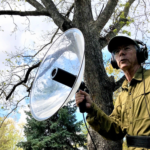 Ed Pandolfino is a Sacramento birder and co-author of Birds of the Sierra Nevada: Their Natural History, Status, and Distribution.
Ed Pandolfino is a Sacramento birder and co-author of Birds of the Sierra Nevada: Their Natural History, Status, and Distribution.

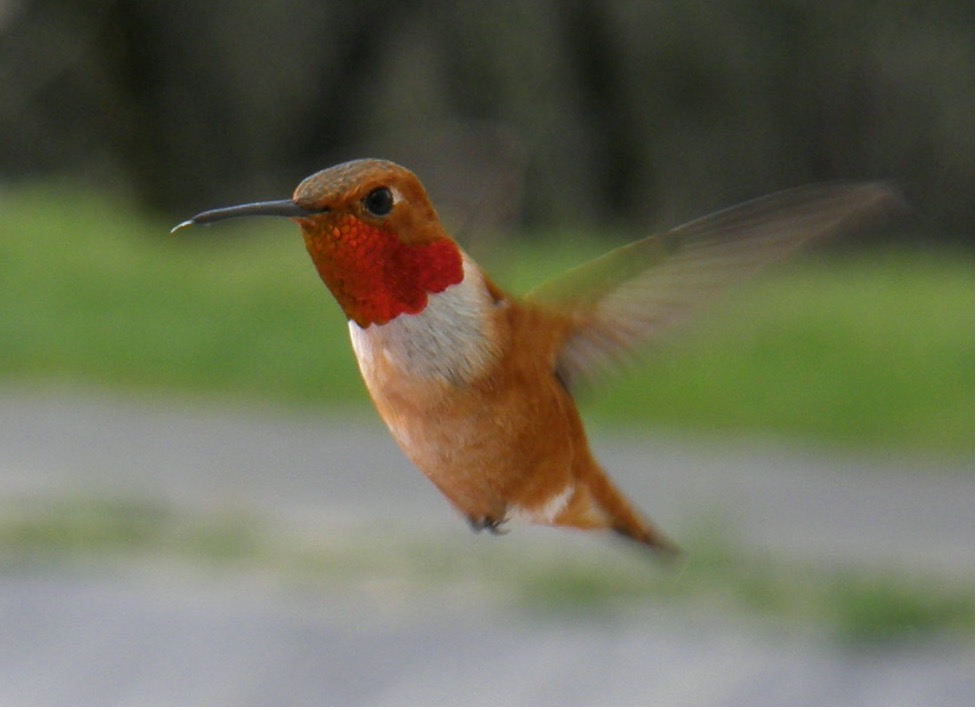
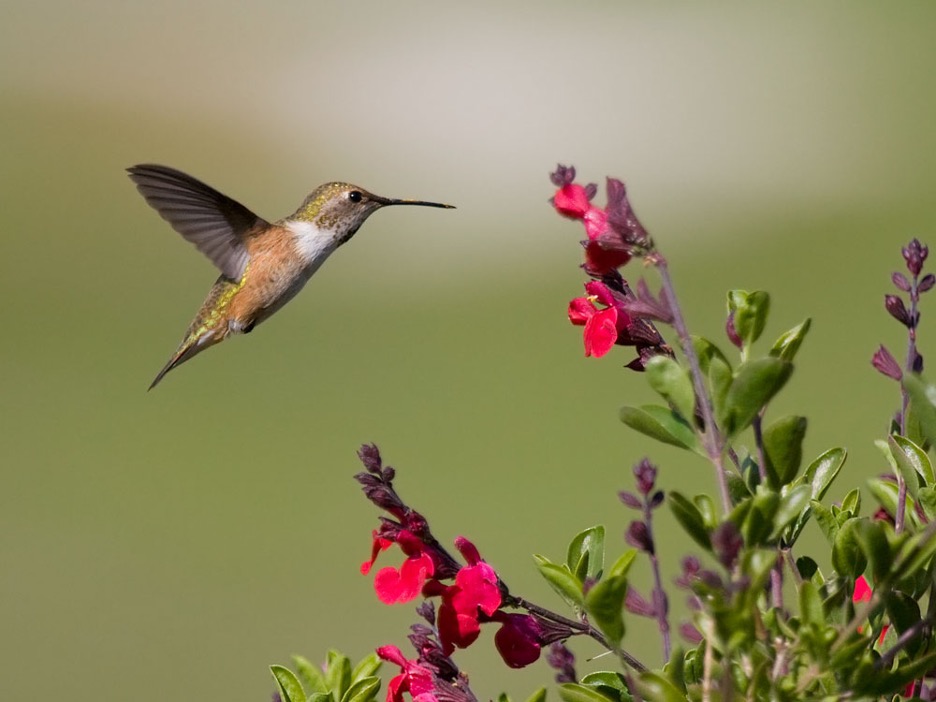
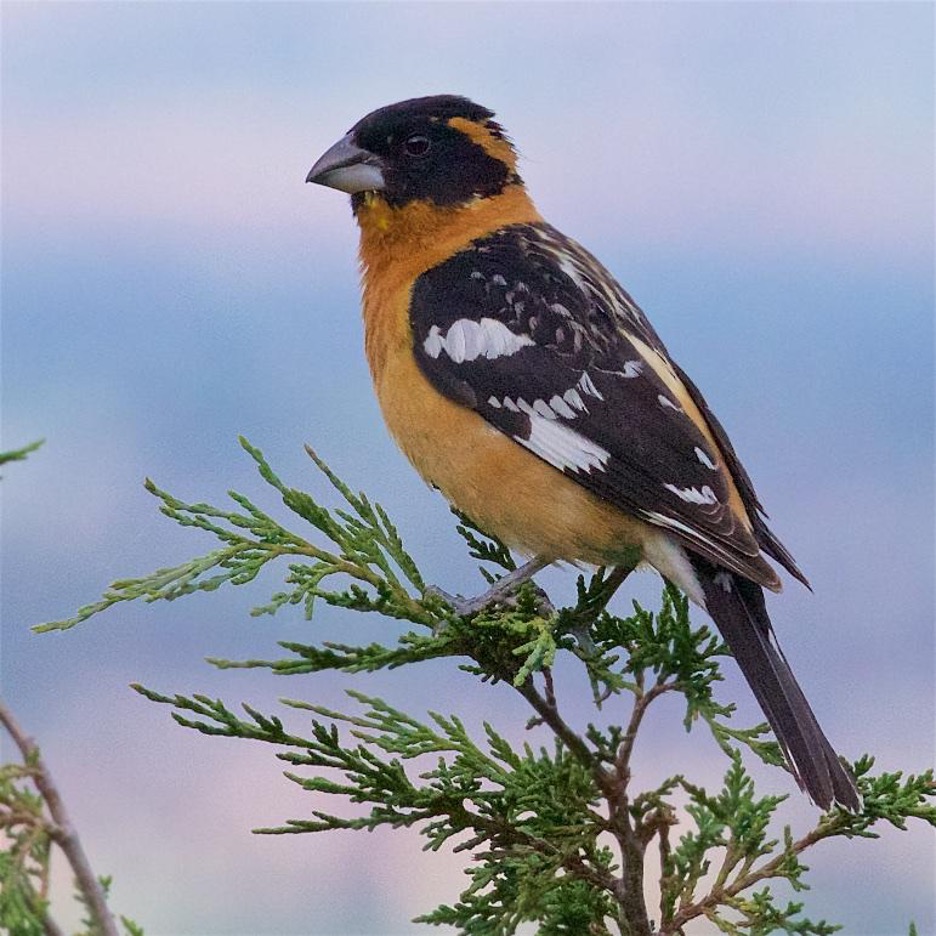
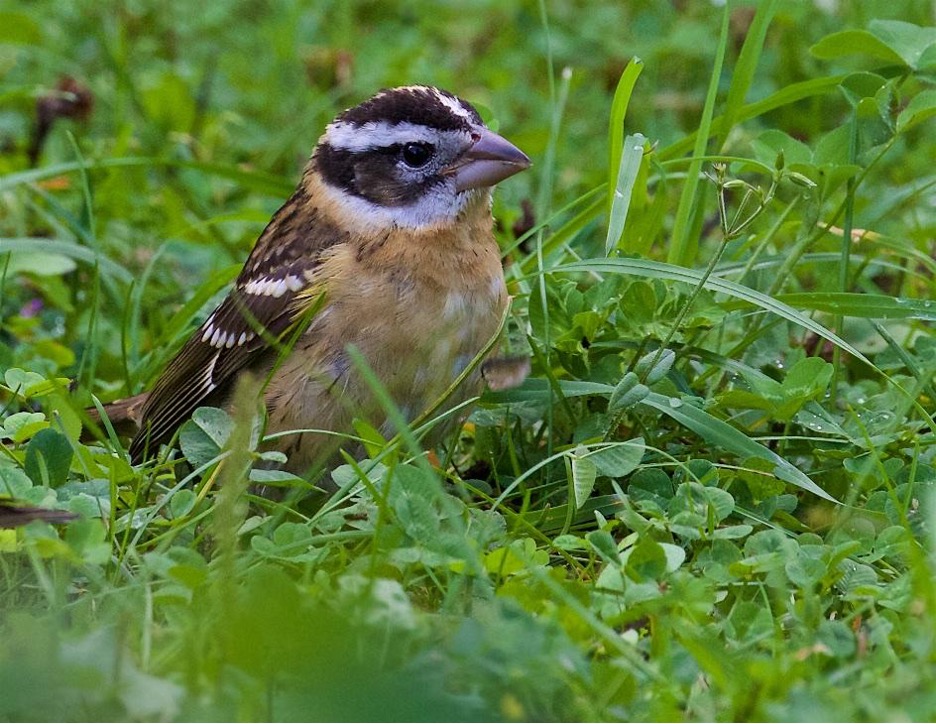
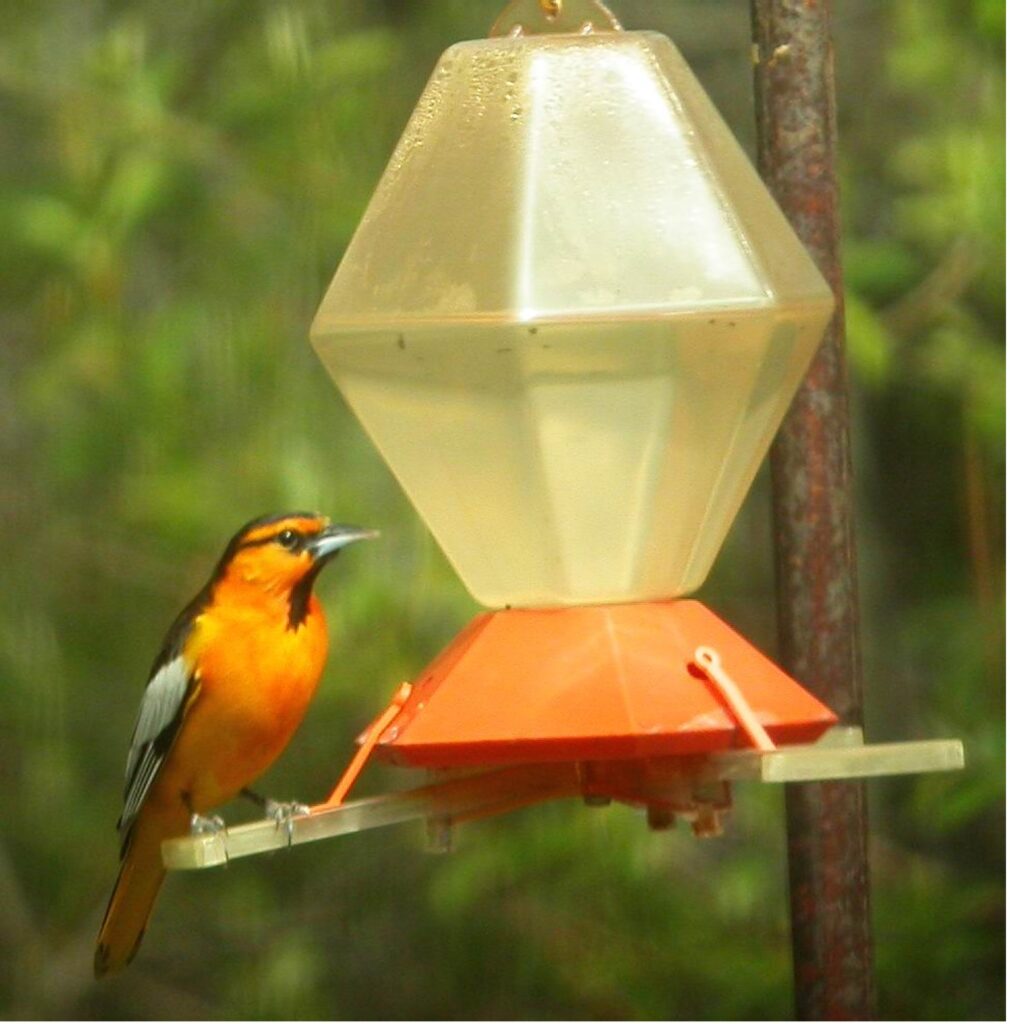
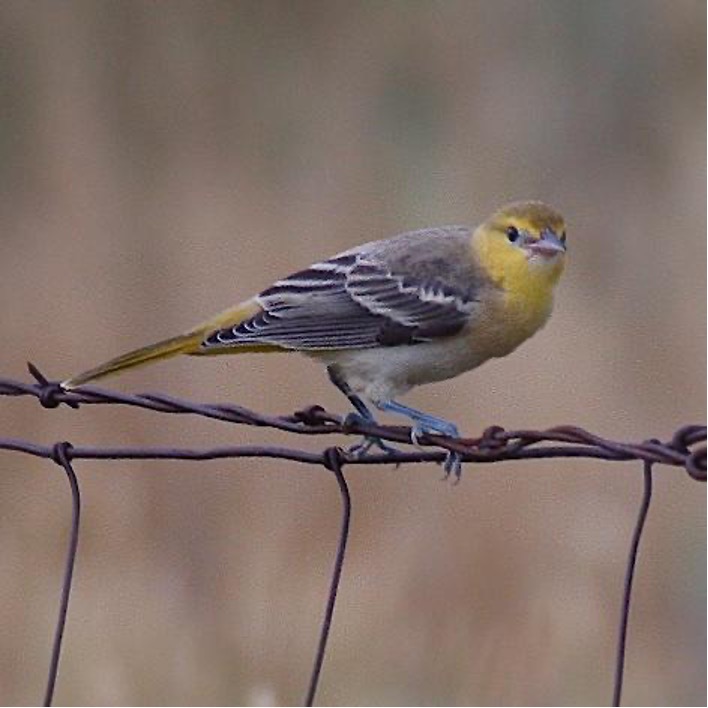
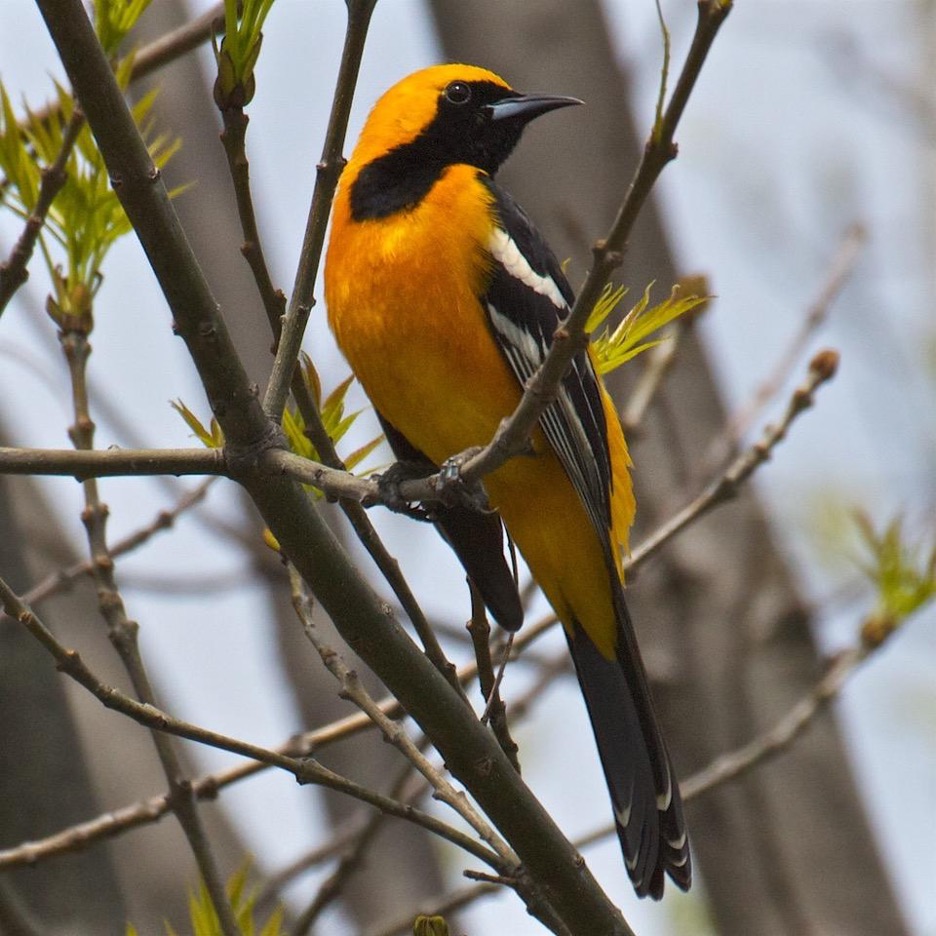
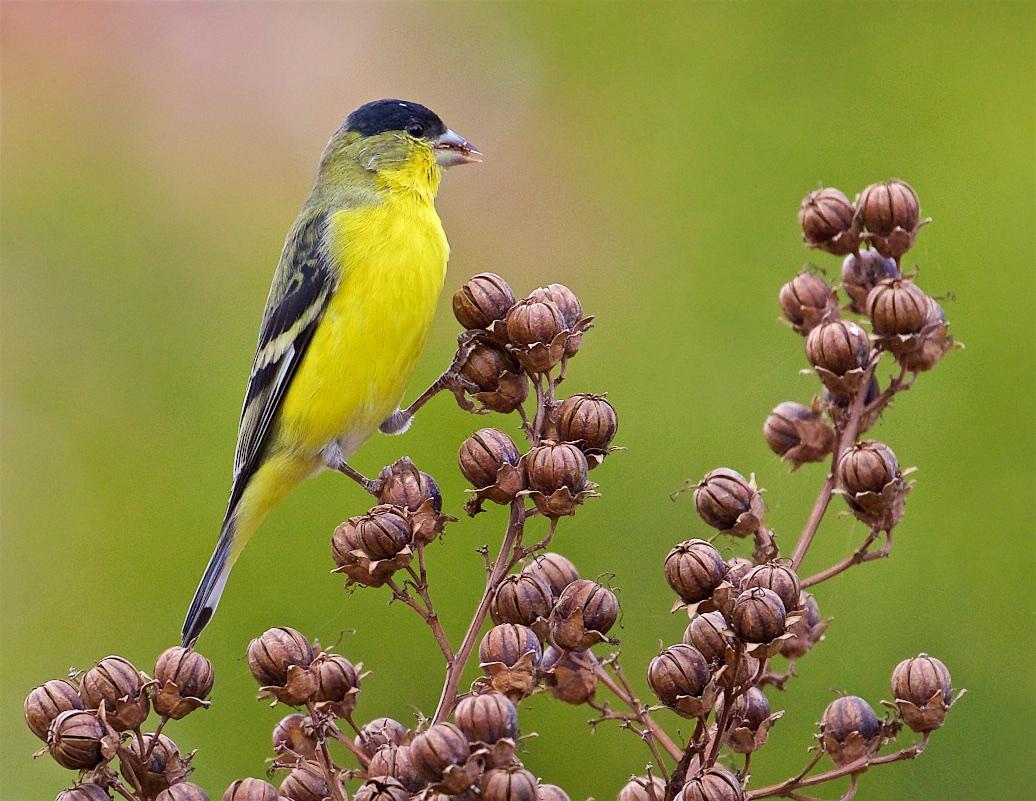
Nice Photos and comments! Looking forward to more mailings!